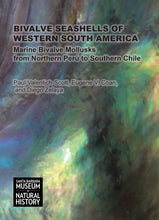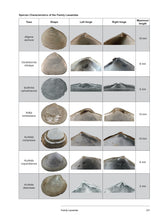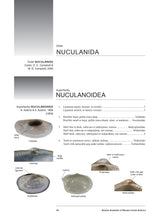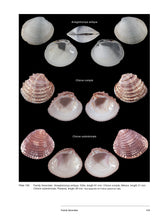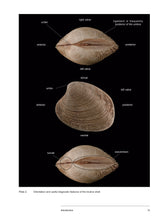
Purchase this title and receive 25% off Bivalve Seashells of Tropical West America. Add both items to your cart and enter Bivalve2020 for the discount.
- Paul Valentich-Scott, Eugene V. Coan, and Diego Zelaya (Authors)
- 593 pages, 135 plates, Hardcover
- For International Orders please contact Conch Books.
This book is a comprehensive guide to the identification of bivalve mollusks in the Perú-Chile Province. Nearly 240 species are detailed, and to facilitate its use, we have provided a series of to help the reader in making identifications.
For the bivalve identification novice, we recommend beginning with an understanding of common bivalve morphological features found in the "Introduction". Bivalve vocabulary is further defined in the "Glossary". Once the basic morphological terms are understood, the "Key to the Superfamilies" will give the reader an opportunity to place a specimen in a general taxonomic group. It should be noted that this key, and all keys in this book, were written considering full size (adult) characteristics.
Many superfamily sections begin with a short key to its contained families. A family containing more than one species have a "Species Characteristics Table" with images that will help readers separate a particular species of that family from others in the Perú-Chile Province. Readers can confirm their preliminary identification by considering the "Species Descriptions and "Illustrations" for every species.





